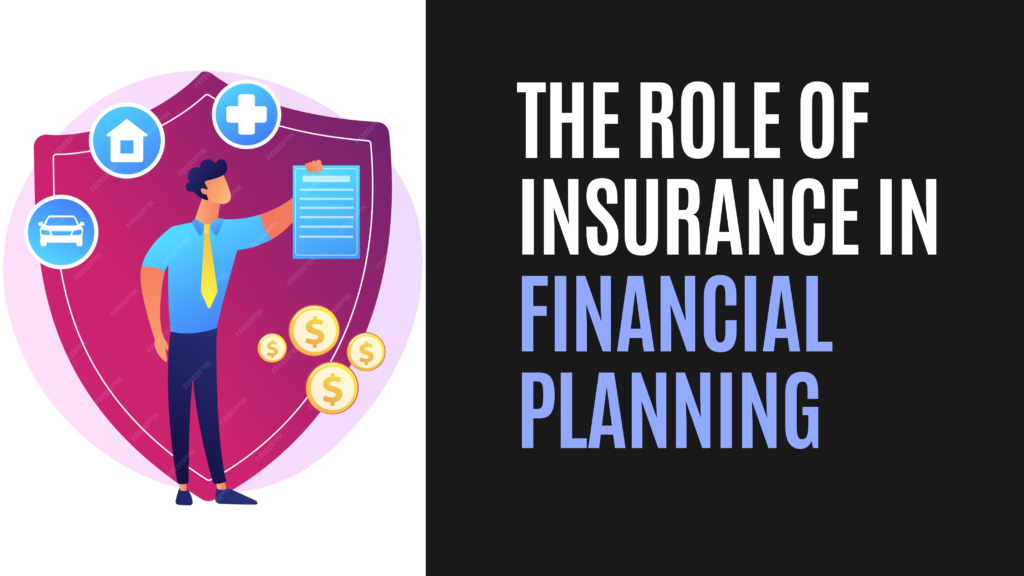See This Report on Pacific Prime
Table of ContentsEverything about Pacific PrimeSome Ideas on Pacific Prime You Should Know3 Easy Facts About Pacific Prime DescribedPacific Prime Things To Know Before You Buy7 Simple Techniques For Pacific Prime

This is because the information were collected for a duration of solid economic efficiency. Of the approximated 42 million individuals that were without insurance, almost regarding 420,000 (about 1 percent) were under 65 years old, the age at which most Americans come to be eligible for Medicare; 32 million were grownups in between ages 18 and 65, around 19 percent of all adults in this age; and 10 million were youngsters under 18 years old, about 13.9 percent of all children (Mills, 2000).
These estimates of the variety of individuals without insurance are created from the annual March Supplement to the Existing Populace Survey (CPS), performed by the Census Bureau. Unless or else kept in mind, nationwide price quotes of individuals without health insurance coverage and proportions of the population with different sort of coverage are based upon the CPS, the most widely used resource of quotes of insurance coverage and uninsurance rates.
Pacific Prime - An Overview

Still, the CPS is specifically beneficial since it produces yearly estimates fairly quickly, reporting the previous year's insurance policy coverage approximates each September, and due to the fact that it is the basis for a constant collection of quotes for more than twenty years, permitting evaluation of trends in coverage over time. For these factors, as well as the considerable use of the CPS in other research studies of insurance coverage that exist in this report, we rely on CPS quotes, with restrictions kept in mind.

The price quote of the number of uninsured individuals increases when a populace's insurance policy status is tracked for a number of years. Over a three-year duration starting early in 1993, 72 million people, 29 percent of the united state population, were without protection for a minimum of one month. Within a single year (1994 ), 53 million individuals experienced at the very least a month without coverage (Bennefield, 1998a)
6 out of every 10 uninsured grownups are themselves employed. Although functioning does enhance the likelihood that one and one's member of the family will have insurance, it is not an assurance. Even participants of family members with two permanent wage income earners have almost a one-in-ten chance of being without insurance (9.1 percent uninsured rate) (Hoffman and Pohl, 2000).
Unknown Facts About Pacific Prime
New immigrants represent a considerable proportion of people without medical insurance. One analysis has connected a significant part of the recent growth in the dimension of the U.S. uninsured populace to immigrants that showed up in the country in between 1994 and 1998 (Camarota and Edwards, 2000). Current immigrants (those that came to the USA within the past 4 years) do have a high rate of being uninsured (46 percent), yet they and their children account for simply 6 percent of those without insurance policy across the country (Holahan et al., 2001).
The relationship between medical insurance and accessibility to care is well developed, as recorded later in this phase. The connection between health insurance and health and wellness outcomes is neither direct nor simple, a considerable professional and health services research literary works web links health and wellness insurance coverage to better accessibility to care, better quality, and improved individual and populace health standing.
Levels of evaluation for examining the results of uninsurance. This discussion of health insurance protection focuses mainly on the united state population under age 65 due to the fact that virtually all Americans 65 and older have Medicare or various other public protection. Moreover, it concentrates particularly on those without any type of health and wellness insurance coverage for any size of time.
The Ultimate Guide To Pacific Prime
The troubles faced by the underinsured are in some respects comparable to those encountered by the without insurance, although they are typically less severe. international travel insurance. Uninsurance and underinsurance, nonetheless, entail noticeably various plan issues, and the approaches for addressing them may vary. Throughout this research study and the five reports to follow, the main emphasis gets on persons with no medical insurance and hence no help in paying for health treatment past what is available through charity and safeguard organizations
Health and wellness insurance coverage is a powerful variable impacting receipt of care because both people and doctors reply to the out-of-pocket rate of solutions - https://www.figma.com/file/DQaAURKv0Xz32XUI9NJXrd/Untitled?type=design&node-id=0%3A1&mode=design&t=rR5Yq5DjXQg5AhnB-1. Wellness insurance policy, nonetheless, is neither necessary neither enough to get to medical services. The independent and straight impact of wellness insurance policy protection on access to health solutions is well established.
Others will get the health care they need even without health and wellness insurance policy, by spending for it out of pocket or seeking it from suppliers that provide go to website treatment totally free or at very subsidized prices. For still others, health and wellness insurance alone does not guarantee receipt of care as a result of other nonfinancial obstacles, such as a lack of health treatment companies in their area, limited accessibility to transport, illiteracy, or linguistic and social distinctions.
The 3-Minute Rule for Pacific Prime
Formal research regarding uninsured populaces in the USA dates to the late 1920s and very early 1930s when the Committee on the Expense of Healthcare produced a series of reports regarding funding doctor workplace visits and hospital stays. This issue came to be significant as the numbers of clinically indigent climbed during the Great Clinical depression.